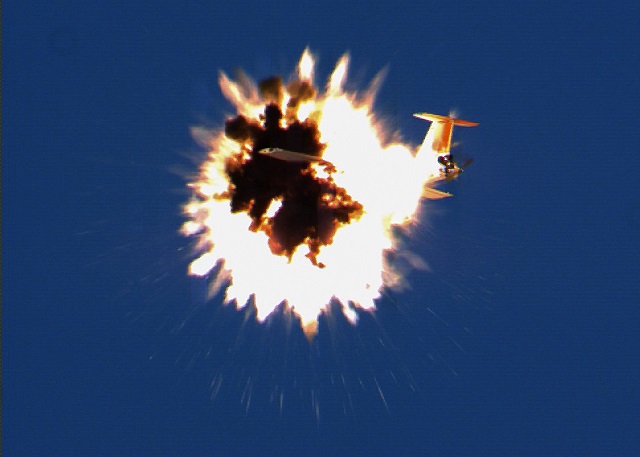|
|
|||
|
NAVAIR video on the Spike missile program
|
|||
|
|
|||
|
Project engineers continue to make improvements to their fire control suite, processes for safer assembly as well as algorithm updates for better endgame performance and replacement verification tests that are cheaper, faster and equally as effective as the previous ones.
Members of the Machine Shop, Composites Laboratory, Structures and Aero/Thermal groups as well as the Propulsion and Warhead Laboratories and China Lake Ranges are credited with making this demonstration and others a success. Maintaining the program’s history of developing young engineers, it was, in fact, the work of touring members of the Engineer and Scientist Development Program that contributed to the preparation of the proximity integration and gimbal used in the missile’s fire control system for the recent test. "When I began supporting Spike, I came in as an ESDP performing documentation and procedure updates," Swanson said. "I noted how the team really believed in being able to hand a Soldier a light-weight, fire-and-forget capability. We've had a notion for years that UAVs would be a problem and I think we're well-placed to have an imminent solution to that threat." |
|||
US Navy NAWCWD Shoots Down UAV with Spike Lightweigth Missile During Tests
- Posted On











